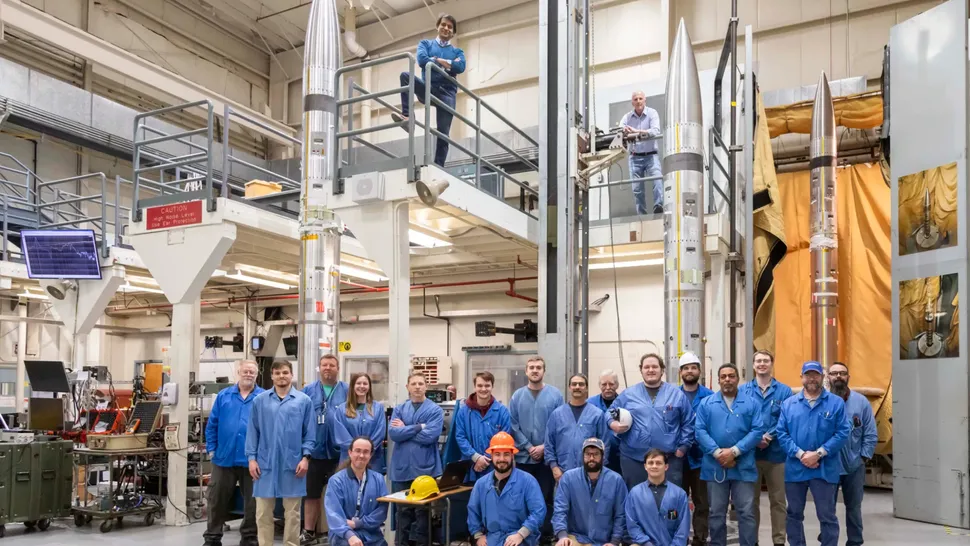In October 2023, a trio of sounding rockets traveled more than 200 miles (322 kilometers) into the ionosphere before returning safely back to the Earth‘s surface. Now, they’re getting ready for their second flight.
NASA’s Atmospheric Perturbations around Eclipse Path (APEP) mission — named for the Egyptian god of darkness and enemy of the sun god, Ra — will launch the three sounding rockets back into the moon‘s shadow during the April 8 total solar eclipse. The goal is to study potential disturbances in the ionosphere during a solar eclipse.
“It’s an electrified region that reflects and refracts radio signals, and also impacts satellite communications as the signals pass through,” team lead Aroh Barjatya of Embry-Riddle Aeronautical University in Florida said in a statement. “Understanding the ionosphere and developing models to help us predict disturbances is crucial to making sure our increasingly communication-dependent world operates smoothly.”
After launch, the rockets will travel up to 260 miles (420 km) into the ionosphere, each ejecting four secondary instruments that will collect information about charged and neutral particle density before, during and after the eclipse.
This isn’t APEP’s first rodeo. The mission’s first launch occurred the 2023 annular eclipse — a dress rehearsal of sorts before the upcoming total solar eclipse. During that test, the rockets recorded interesting data: a dramatic drop in the ionosphere’s charged particle density that could cause disruptions to space-based communication systems.
“We saw the perturbations capable of affecting radio communications in the second and third rockets, but not during the first rocket that was before peak local eclipse,” said Barjatya. “We are super excited to relaunch them during the total eclipse, to see if the perturbations start at the same altitude and if their magnitude and scale remain the same.”While the first launch took place at New Mexico’s White Sands Test Facility, Monday’s launch will occur at NASA’s Wallops Flight Facility in Virginia. If you happen to be in the vicinity, you can watch the launch in person between 1 p.m. and 4 p.m. local time. But if you’d like to tune into the launch from afar, NASA will broadcast it on the Wallops YouTube channel.
Source: https://www.space.com/nasa-sounding-rockets-april-8-solar-eclipse



